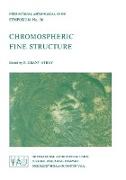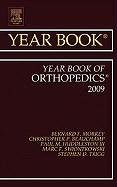- Start
- Chromospheric Fine Structure
Chromospheric Fine Structure
Angebote / Angebote:
The devotion of an IA U symposium entirely to the topic of chromo spheric fine structure at a time when models of the spherically symmetric chromosphere are still evolving constitutes a valid recognition of the growing feeling among solar astron omers that the chromosphere cannot be understood independently of its discrete structural features. Network structure, which seemingly borders the photospheric supergranule cells, persists intact throughout the chromosphere and most of the chromosphere-corona transition region. The network is the locus of the bright coarse mottles, and the spicule bushes and is the terminus for one end of the quiet chromo spheric fibrils as well. Additionally, it is the locus of most of the magnetic flux of the quiet chromosphere. It is not surprising, therefore, that current studies of the chromosphere tend to center around efforts to better describe the network phenom ena and to ascertain the physical properties of the network features. Clearly, the supergranule cells and associated network structures constitute a fundamental and singularly important feature of solar structure in the boundary layers. Just as it is now clear that much of the chromo spheric fine structure is associated with the network bordering supergranule cells, it seems equally clear that structural features are almost universally associated with both fluid flow and magnetic geometry. Indeed, many observers claim that the brightness features faithfully map the mag netic lines offorce while still others claim that associated with each class of brightness feature there is a more or less unique fluid flow.
Folgt in ca. 5 Arbeitstagen




